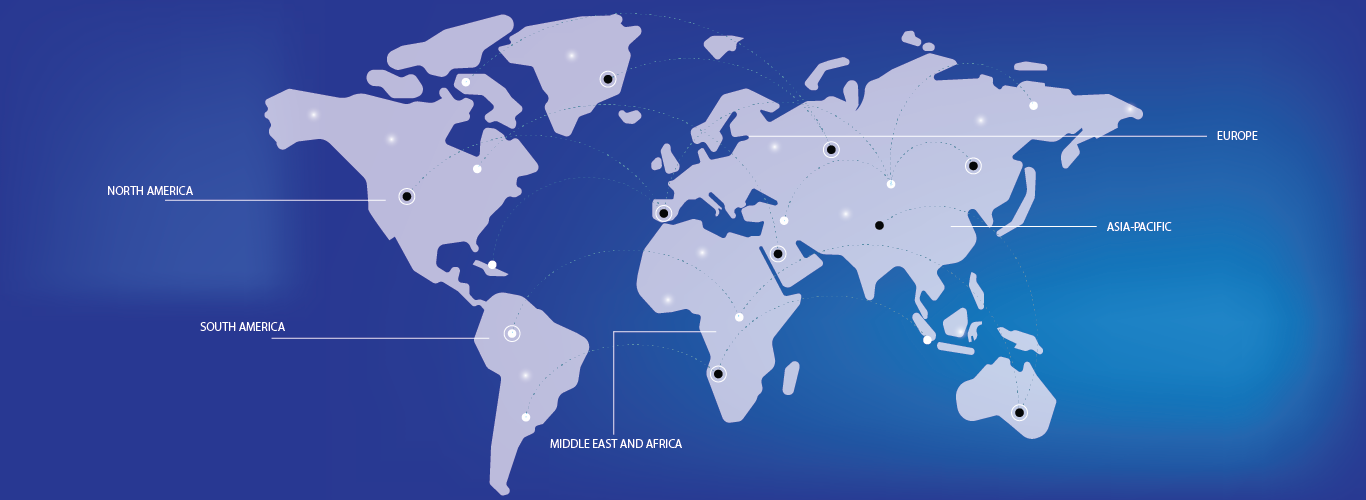The global food authenticity testing market is experiencing significant growth due to increasing consumer demand for food safety, quality, and transparency. Key drivers include rising concerns over food fraud, contamination, and the growing trend of plant-based and organic food consumption. Testing methods like DNA barcoding, spectroscopy, and chromatography are widely used to verify food origin, ingredients, and production processes. The market is further fueled by stringent regulatory standards and the adoption of advanced technologies for more accurate and rapid testing. North America and Europe dominate the market, but the Asia-Pacific region is expected to grow significantly due to rising awareness and food safety concerns. Leading market players are focusing on innovations to enhance testing accuracy and reliability.




